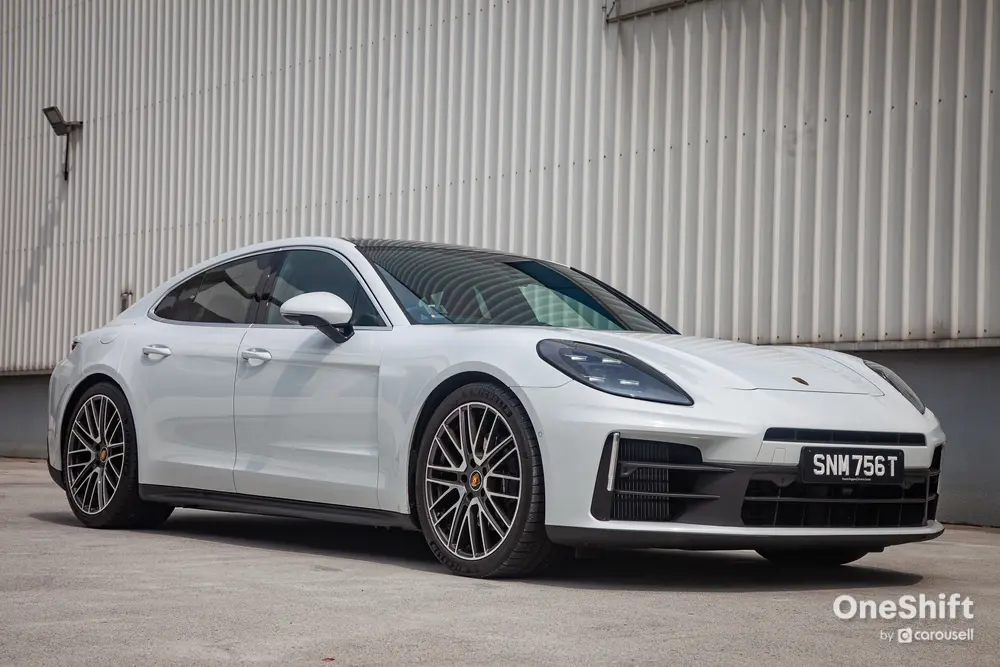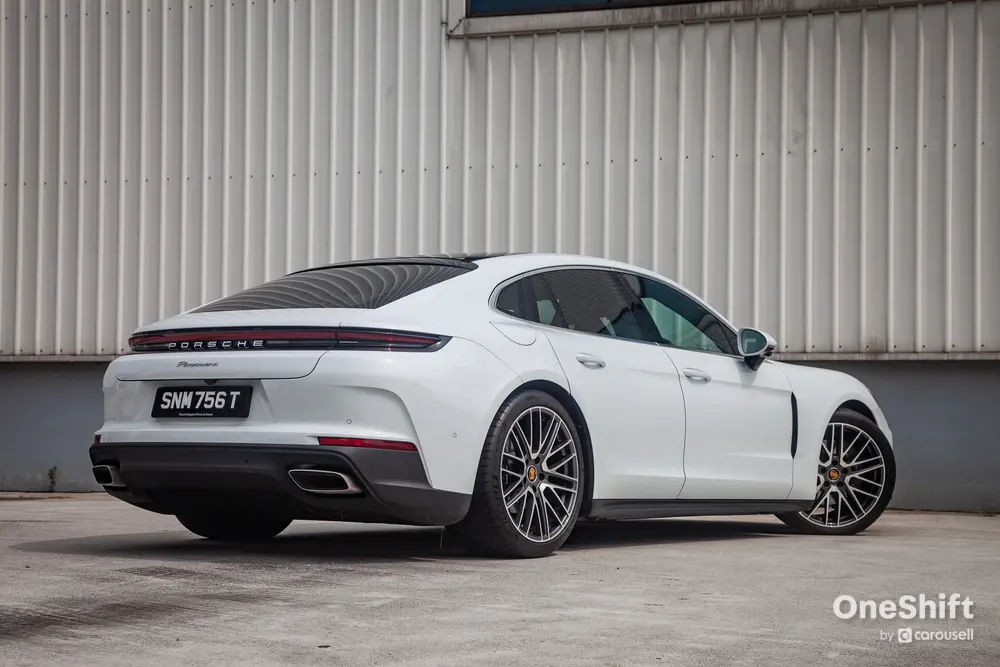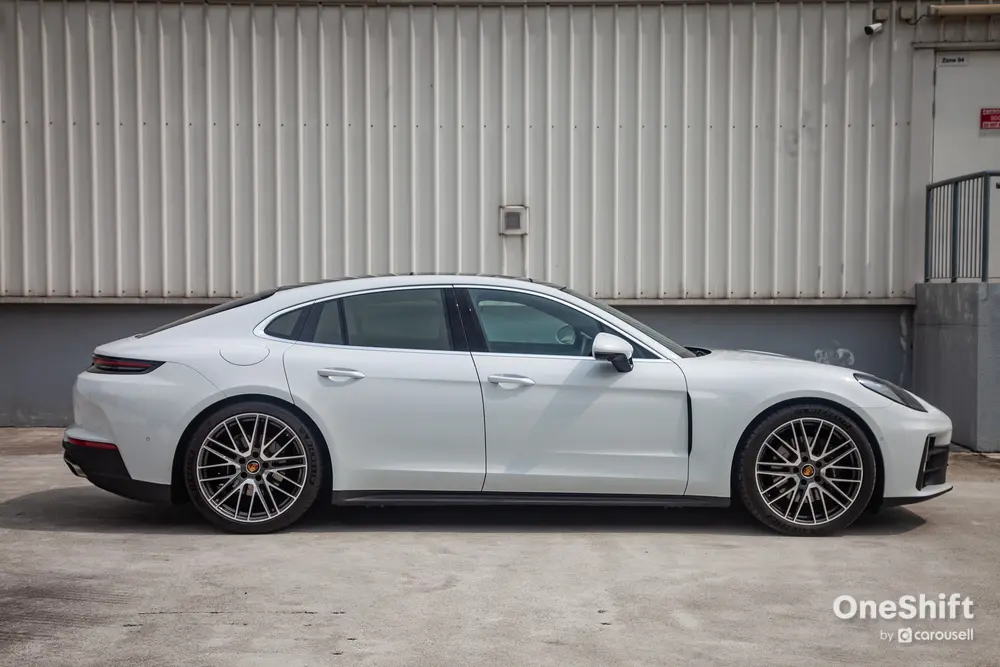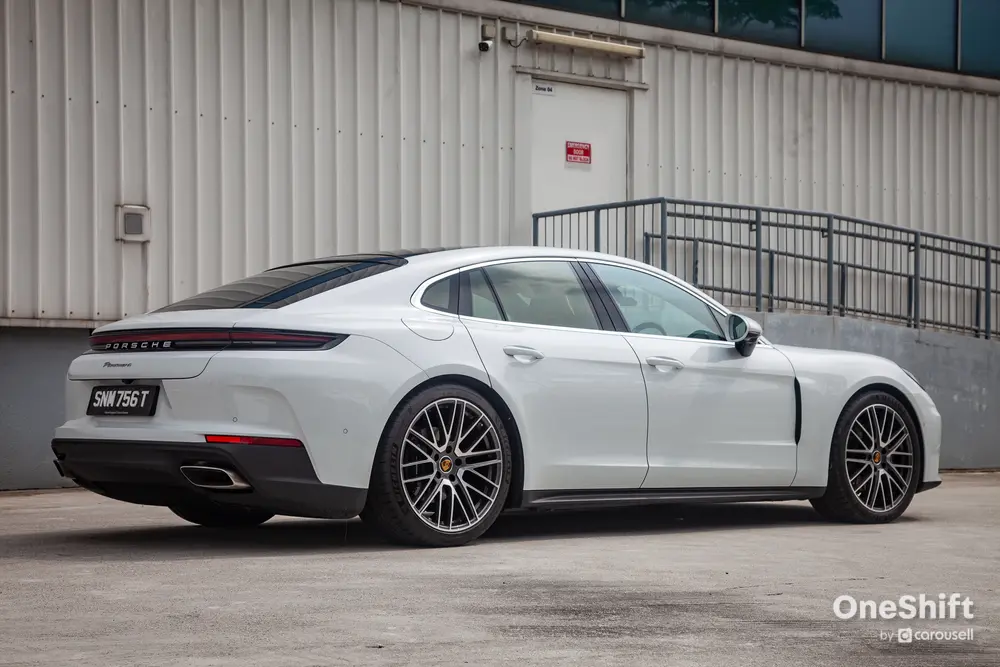Porsche Panamera (G3) Review: Better Than Ever
Porsche’s third generation luxury saloon carries the torch of excellence from its predecessor.







Yes, the latest Panamera doesn’t look a whole lot different to the last one. You may notice the additional air intake above the number plate and the flushed outer edges of the rear window - all minor stuff. But there was nothing much to change really, because the G2.2 (facelifted 2nd generation) was already so good in so many aspects.
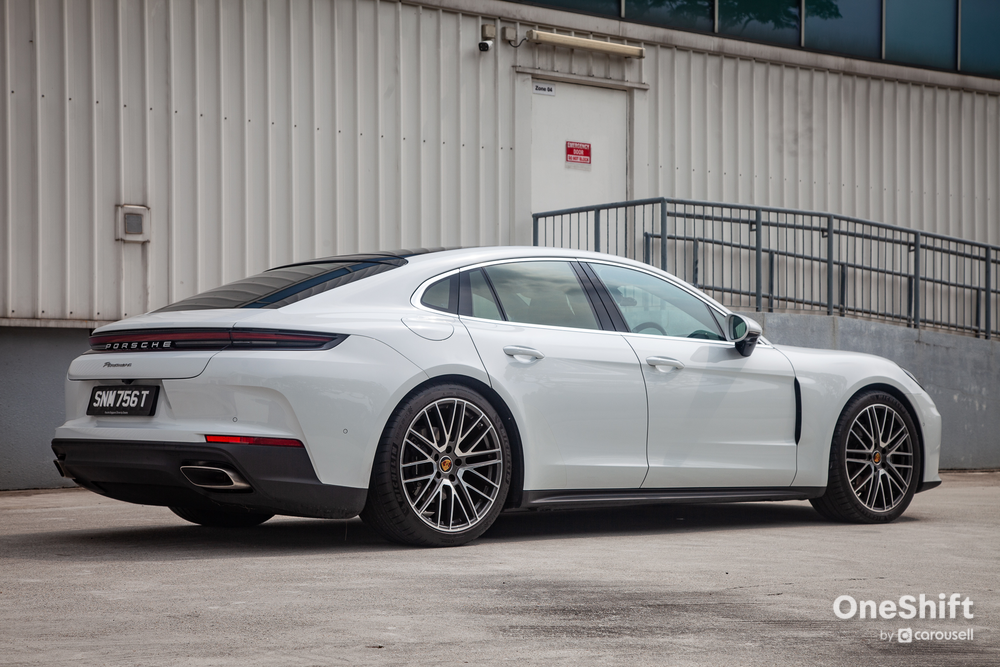
So the base G3 Panamera’s engine isn’t new, then?
Particularly in Singapore where there are punitive taxes on engine displacement, the base G2.2 inherits the brilliant 2.9 twin-turbo V6 from the G2.1 4S - a gift which carries on to the base G3 on test here. It’s so good, there’s really no need for more power or charisma. However, Porsche went and gave it a power bump anyway, so there’s now 353 PS (+23 PS) and 500 Nm (+50 Nm), enough to hurl the big four-door from 0-100 km/h in 5.1 seconds.
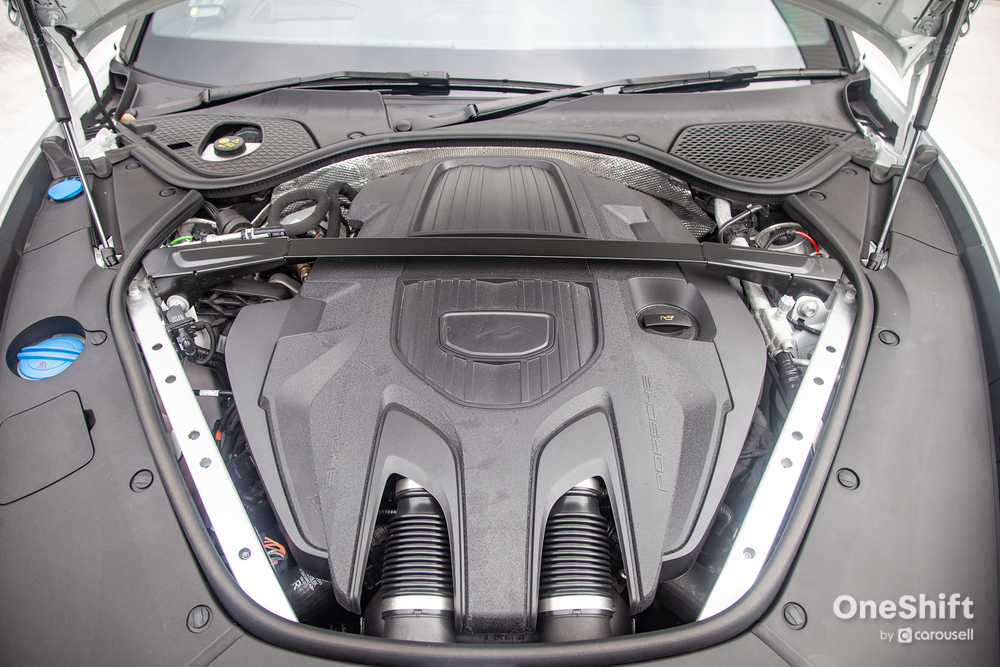
OK, what else is new about the G3 Panamera?
Instead of changing the formula drastically, Porsche adopted a different strategy - it’s giving you more standard features than ever before. The highlights of the goodies are: dual-chamber two-valve air suspension with Porsche Active Suspension Management (PASM), LED matrix headlights, ParkAssist, a steering wheel driving mode switch, a cooled smartphone wireless charging compartment and even GPS-supported automatic air recirculation.
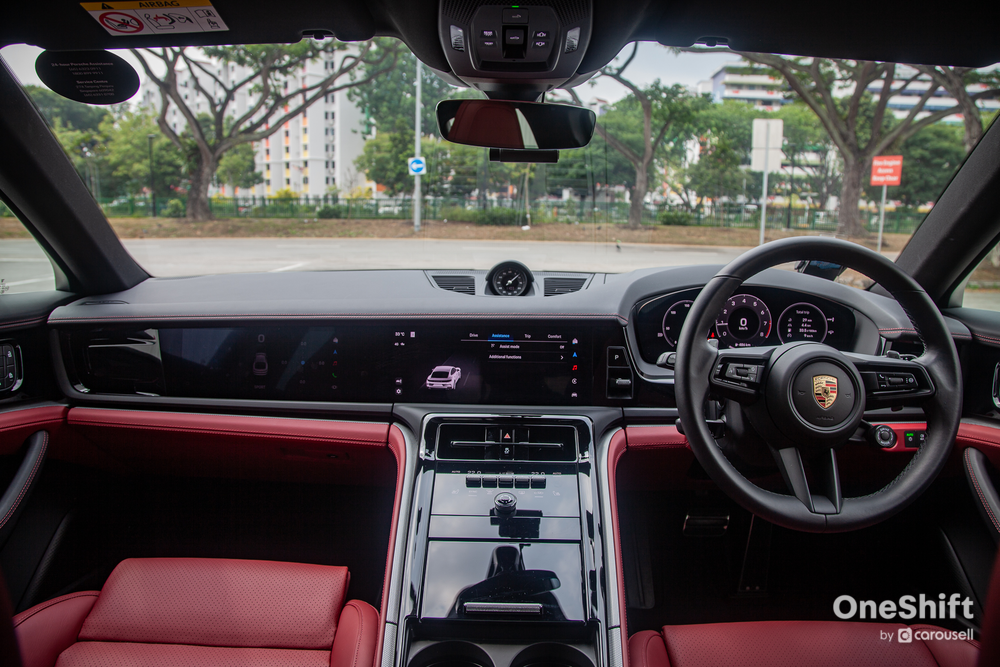
Let’s start with the suspension, which is probably the most significant equipment upgrade. Whilst the non-air suspension on the G2.2 was excellent, nothing quite compares to the ride quality of the air-filled dampers. Instead of a 3-chamber solution previously, it is now a clever dual-chamber and two-valve solution, which separates rebound and compression stages on the damper. In layman terms, it’s even more comfortable when it needs to be, and sportier when it needs to be. The ride is truly remarkable, as good as any full-size luxury saloon out there like the S-Class, or I daresay even better.
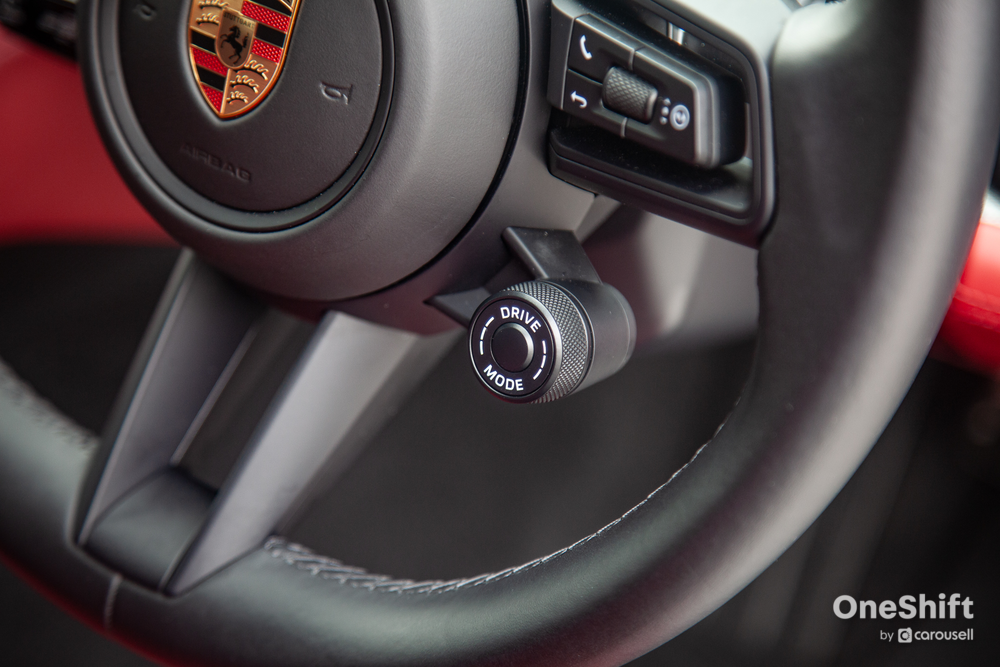
There is also the much talked about optional Porsche Active Ride suspension system which effectively cancels out all bumps on the road and even compensate for pitch/roll and squat/dive. Also, it will raise itself by 55 mm as soon as the door opens to make it easier to get in and out. Unfortunately, this is not available for non-hybrid models due to the electrical demands involved and so the base model does not benefit from this.
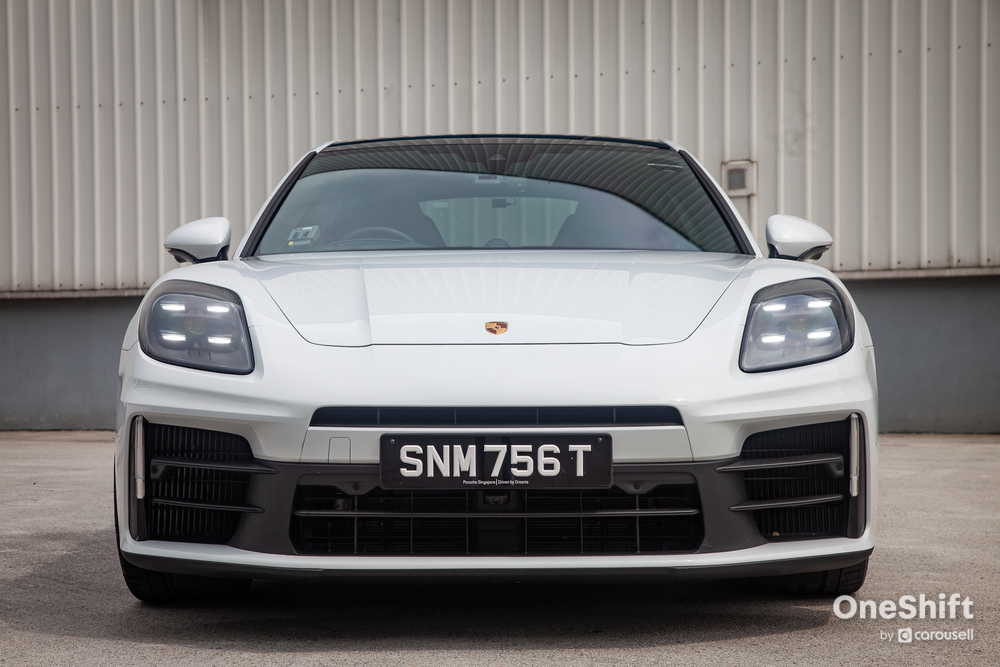
What’s the G3 Panamera like on the inside?
The next biggest change, I would say, is to the interior. It feels a bit more like the Taycan with the curved instrument panel and the gear selector lever which is now next to the steering wheel. There is also a push start button now and even less buttons overall, but at least climate control is managed via tactile physical switches. Optioned into the particular test vehicle is a screen for rear passengers too, which is a nice touch, although this limits the Panamera to being a four-seater (it can be had with five seats too).
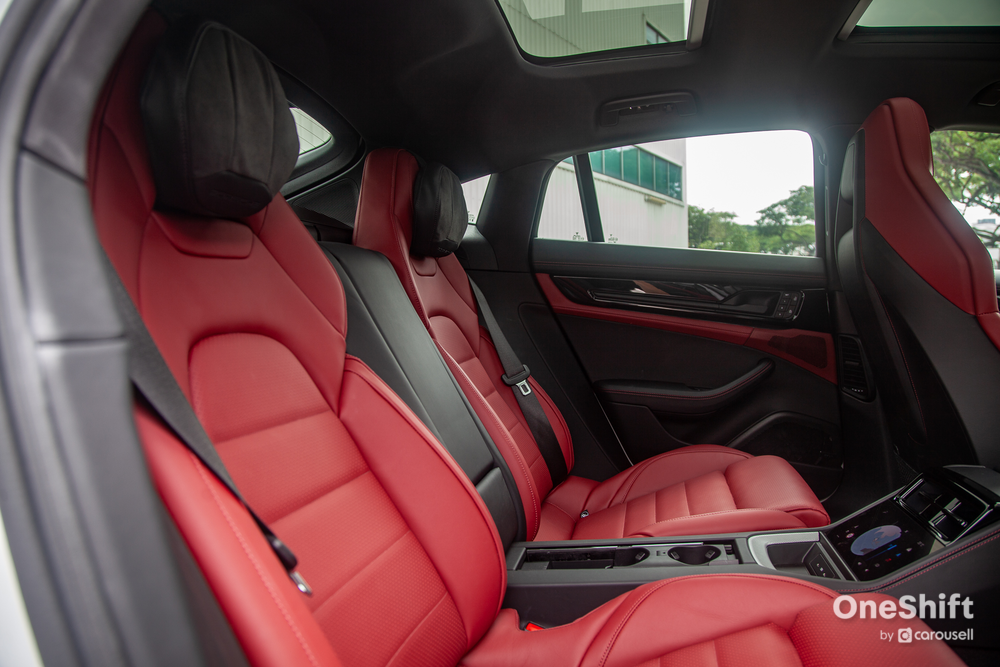
How is the G3 Panamera to drive?
By and large, the Panamera drives quite similarly to its predecessor - that is to say, it is one of the sweetest, most agile cars you can buy in its class. Although it is big, it doesn’t feel its size at all behind the wheel. You can exploit the chassis at will, making it do all sorts of silly things (thanks to rear wheel drive) while feeling remarkably composed and clear-headed. It remains an absolute joy to drive.
Photos by James Wong
---
Sell your car to us for up to $5,000 more than market prices. Get a quote now!








Get the Best Price for your used car
from 500+ dealers in 24 hours

- Convenient and Hassle-Free
- Consumer Protection
Transparent Process
With No Obligation
